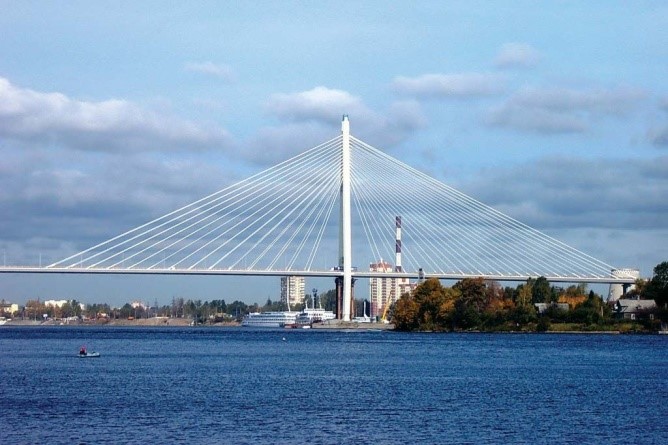Nature created the first bridges, which were as simple as a log that had fallen across a creek. Spans of timber logs or planks and subsequently stones were likely the earliest materials used to construct human-made bridges. Utilising a straightforward support and crossbeam setup. Many of these early bridges were insufficient support hefty loads or resist powerful currents. These shortcomings were what caused the creation of more effective bridges. The Zhaozhou Stone Bridge is China’s oldest still-standing stone bridge. During 595 to 605 AD, the Sui Dynasty constructed a bridge. The history of this bridge is also being the oldest open-spandrel stone segmental arch bridge in existence, it is remarkable. Hubert Gautier published the first book on bridge engineering in 1716. Wrought iron truss systems for larger bridges were developed with the Industrial Revolution in the 19th century, but iron lacked the tensile strength to carry heavy loads. Since steel has a great tensile strength, much larger bridges have been constructed, many of which were inspired by Gustave Eiffel.
The four forces of shear, compression, tension, and moment are used to categorise different types of bridges based on how they are distributed throughout the bridge’s structure.
In general, there are two types of bridges: regular overpass bridges and unusually designed bridges over rivers, chasms, or estuaries. Due of the unique bridges’ greater technical, economic, and aesthetic interest, this page focuses on describing elements that are common to both types.
A building designed to cross a river, chasm, road, or any other physical obstacle. The design of the bridge is determined by the location in which it will be built and the function that the bridge must perform.
Types of bridges
Bridges can be categorized in several different ways. Common categories include the type of structural elements used, by what they carry, whether they are fixed or movable, and by the materials used.
Structure type
The distribution of tension, compression, bending, torsion, and shear forces inside a bridge’s construction can be used to classify them. All of the major forces will be used by most bridges, but only a handful will be dominant. The division of the forces might be very obvious. In the elements in tension are distinct in arrangement and shape, whether they are suspended or cable-stayed. In other situations, the forces could be divided among a lot of members, such in a truss.
Beam bridges
It consist of horizontal beams that are continuous when they span two or more spans or merely supported when they only link across one span at each end by foundation elements. The intermediate supports, or piers, are used when there are many spans. The earliest beam bridges were rudimentary structures made of logs that crossed waterways. Beam bridges today can be made from either little timber beams or big steel boxes. The shear and flexural stress on the beam caused by the vertical force on the bridge is transmitted throughout its length to the side substructures.

A truss bridge
It is a bridge with a truss as the load-bearing superstructure. This truss is made up of joined components that are arranged in triangle-shaped units. The associated components (usually In reaction to dynamic forces, straight) may experience stress from tension, compression, or perhaps both loads. One of the earliest varieties of contemporary bridges is the truss bridge. The fundamental truss types Bridges in this article have straightforward designs that a nineteenth-century engineer might understand and engineers from the early 20th century. Due to the use of trusses, truss bridge construction is affordable effective material use.
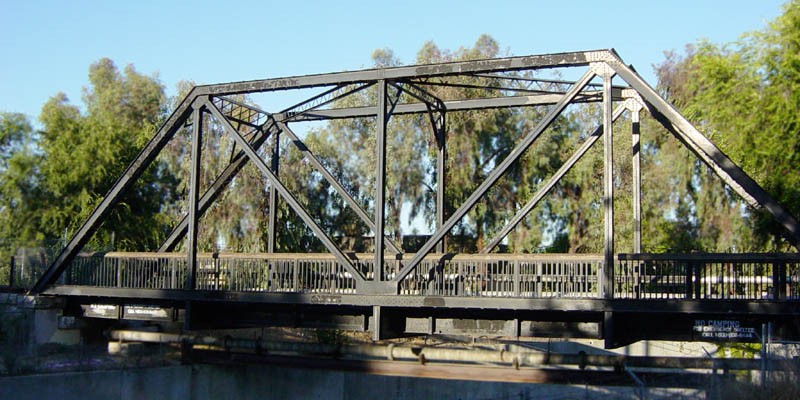
Cantilever bridge
The majority of cantilever bridges employ two continuous spans that meet in the middle of the obstruction they are meant to overcome, extending from the opposing sides of the supporting piers. The materials and construction methods used to build beam bridges are largely the same for cantilever bridges. The forces acting through the bridge make a difference.
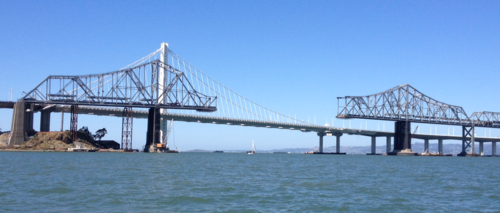
Arch bridges
Abutments are found at each end of an arch bridge. The bridge’s weight presses against the abutments on either side. Greek engineers created the Bridge, one of the earliest arch bridges that are known to exist.
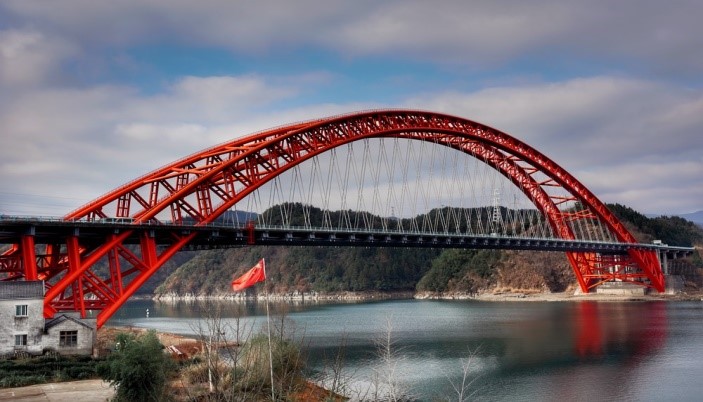
Tied arch:
Bridges are similar to ordinary arch bridges in that they have an arch-shaped superstructure. The ends of the arches are held in place by tension in the lower chord of the structure, which prevents the weight of the bridge and traffic loads from acting as thrust forces on the abutments.
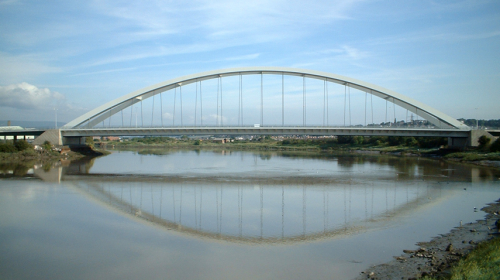
Suspension bridge
Bridges that rely on suspension are supported by cables. The oldest suspension bridges were constructed using bamboo pieces to cover ropes or vines. The cables in contemporary bridges dangle from towers that are joined to caissons or cofferdams. The caissons or cofferdams are embedded deeply into the lake, river, or ocean bottom. Simple suspension bridges, stressed ribbon bridges, under spanned suspension bridges, suspended-deck suspension bridges, and self-anchored suspension bridges are some of the subtypes. Additionally, there is a type of bridge that is often referred to as a “semi-suspension,” the Ferry Bridge in Burton-upon-Trent being the only one of its sort in Europe.
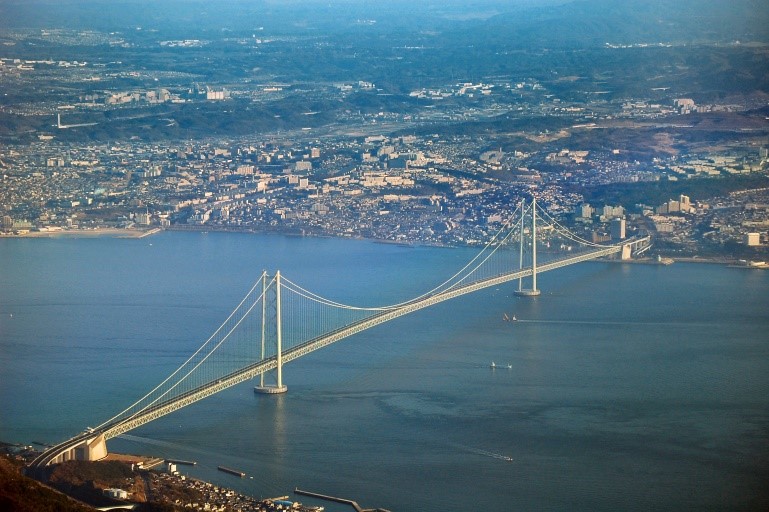
Cable-stayed bridge:
Similar to suspension bridges, cable-stayed bridges are supported by cables. Less cable is needed for a cable-stayed bridge, and the towers that carry the cables are proportionately smaller.
